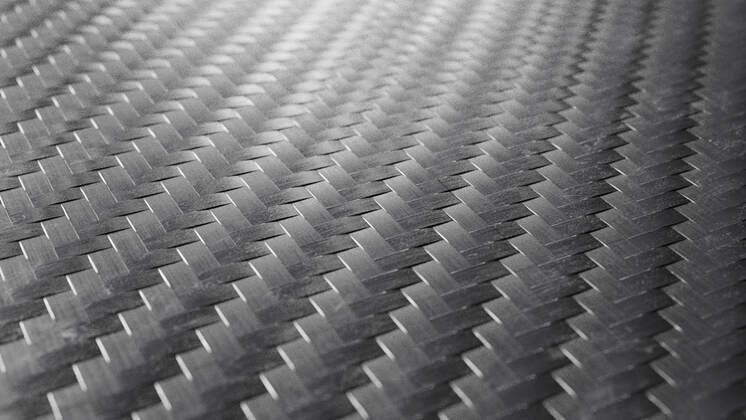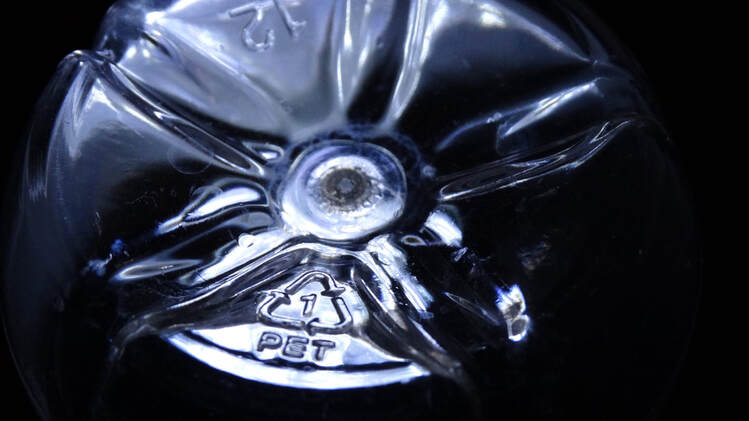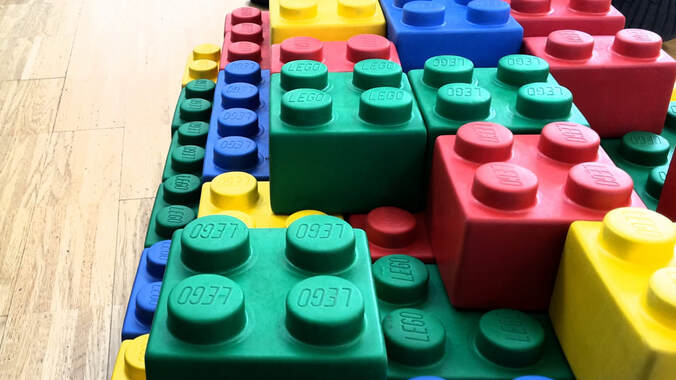Get the Latest Industry News Delivered to your Inbox Each Month
|
|
Thank you for Signing Up |


August 1, 2021
New Composite Tanks for Cryogenic Fuels
New Composite Tanks for Cryogenic Fuels
Lockheed Martin Australia, Omni Tanker and University of New South Wales are partnering to develop and commercialize Type IV and V composite tanks for the transportation and storage of cryogenic fuels. The Australian federal government’s Advanced Manufacturing Growth Centre (AMGC) is giving a $1.4 million towards the project. The project combines nano-engineering technology developed by UNSW with Omni Tanker’s patented OmniBIND technology.
The project aims to develop two new operational scale propellant tanks for commercial and civil satellite programs and will be suitable for the high pressures and cryogenic temperatures needed for liquid fuels like hydrogen, oxygen, hydrazine, and hydrogen peroxide. The first, a Type IV composite tank, will be a fluoropolymer-lined carbon fiber composite tank. The second will be a Type V carbon fiber composite tank without a liner.
You can read more about the partnership and the composite pressure vessel technologies they are creating here.
The project aims to develop two new operational scale propellant tanks for commercial and civil satellite programs and will be suitable for the high pressures and cryogenic temperatures needed for liquid fuels like hydrogen, oxygen, hydrazine, and hydrogen peroxide. The first, a Type IV composite tank, will be a fluoropolymer-lined carbon fiber composite tank. The second will be a Type V carbon fiber composite tank without a liner.
You can read more about the partnership and the composite pressure vessel technologies they are creating here.
August 2, 2021
Carbon Fiber Recycling Challenges and Solutions
Carbon Fiber Recycling Challenges and Solutions
One of the greatest challenges of the carbon fiber composite market is the recycling of them for reuse in a circular market. Creating recycled fibers with properties that are closer to the original fibers has been a problem in the past. Three companies have developed new recycling processes that can create recycled carbon fibers with properties closer to virgin fibers. Current pyrolysis recycling technology leads to shorter carbon fibers which have fewer uses and are generally only used in non-critical applications like park benches.
The three companies with new composite recycling techniques are ELG Carbon Fibre, Vartega Inc., and Shocker Composites LLC. ELG’s patented pyrolysis process uses heat and oxygen in a rotary tube furnace to produce recycled fibers with the properties of virgin fibers. Vartega Inc.’s process uses solvents, temperature and pressure to recycle the carbon fibers. And, finally, Shocker Composite’s process takes traditionally recycled, short fibers and uses a patent pending process to convert them to virgin-quality fibers.
You can read more about these new patented carbon fiber recycling processes here.
The three companies with new composite recycling techniques are ELG Carbon Fibre, Vartega Inc., and Shocker Composites LLC. ELG’s patented pyrolysis process uses heat and oxygen in a rotary tube furnace to produce recycled fibers with the properties of virgin fibers. Vartega Inc.’s process uses solvents, temperature and pressure to recycle the carbon fibers. And, finally, Shocker Composite’s process takes traditionally recycled, short fibers and uses a patent pending process to convert them to virgin-quality fibers.
You can read more about these new patented carbon fiber recycling processes here.
August 3, 2021
Novel PET Packaging Created From Enzymatically Recycled Plastic
Novel PET Packaging Created From Enzymatically Recycled Plastic
A Consortium of companies has successfully manufactured sample bottles using Carbios’ enzymatically recycled PET technology. The Consortium includes L’Oréal, Nestlé Waters, PepsiCo, and Suntory Beverage & Food Europe. These sample bottles are the culmination of ten years of research by Carbios. The enzymatic recycling process uses an enzyme commonly found in compost heaps. Carbios supercharged the enzyme and created a new process to break down any type of PET plastic into building blocks that can then be used to create new PET plastic with the same performance and qualities of virgin PET.
“In a world first, we have created food-grade clear bottles from enzymatically recycled colored and complex plastic with identical properties to virgin PET, and in partnership with the Consortium, we have proved the viability of the technology with the world’s leading brands,” said Jean Claude Lumaret, CEO of Carbios. “This is a truly transformational innovation that could finally fully close the loop on PET plastic supply globally, so that it never becomes waste.”
Read more about this innovative new technology and the companies who are using it here.
“In a world first, we have created food-grade clear bottles from enzymatically recycled colored and complex plastic with identical properties to virgin PET, and in partnership with the Consortium, we have proved the viability of the technology with the world’s leading brands,” said Jean Claude Lumaret, CEO of Carbios. “This is a truly transformational innovation that could finally fully close the loop on PET plastic supply globally, so that it never becomes waste.”
Read more about this innovative new technology and the companies who are using it here.
August 4, 2021
LEGO’s New Brick From Recycled Plastic
LEGO’s New Brick From Recycled Plastic
LEGO Group recently unveiled a brick prototype made from recycled PET plastic. A one-liter plastic bottle contains enough material to manufacture ten 2 x 4 bricks. In order to create a strong brick, the LEGO team uses bespoke compounding technology that binds the PET plastic with adhesives. Production using this new prototype brick is still at least 1.5 years away, but it will significantly decrease LEGO’s 100,000 tons of virgin plastic usage each year.
Tim Brooks, VP of Environmental Responsibility at LEGO Group says, “We’re committed to playing our part in building a sustainable future for generations of children. We want our products to have a positive impact on the planet, not just with the play they inspire, but also with the materials we use.” Read more about the new prototype bricks here.
Tim Brooks, VP of Environmental Responsibility at LEGO Group says, “We’re committed to playing our part in building a sustainable future for generations of children. We want our products to have a positive impact on the planet, not just with the play they inspire, but also with the materials we use.” Read more about the new prototype bricks here.
© Copyright Bryan Hauger Consulting, Inc., 2018 - 2021. All rights reserved.




